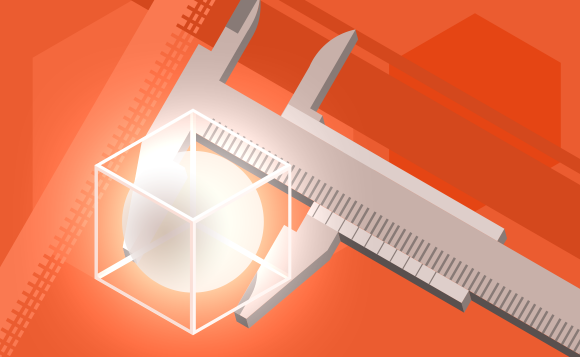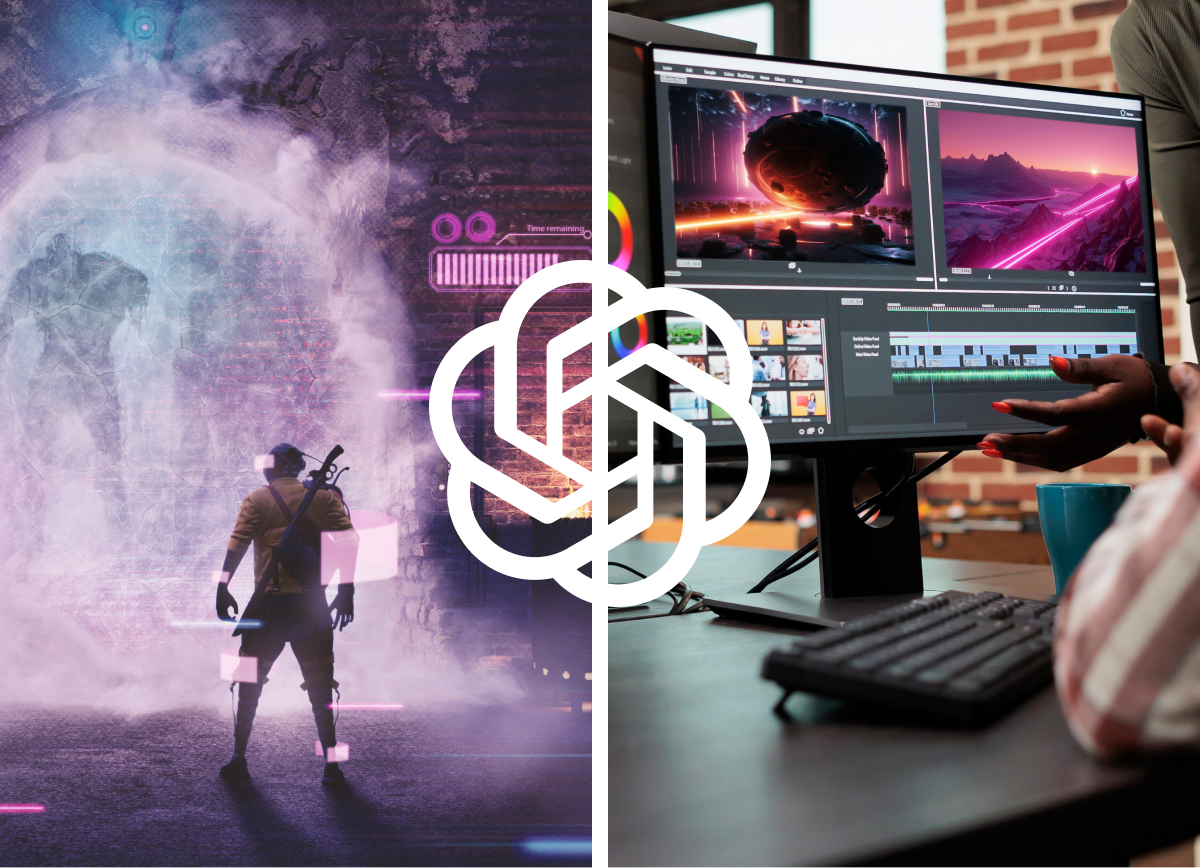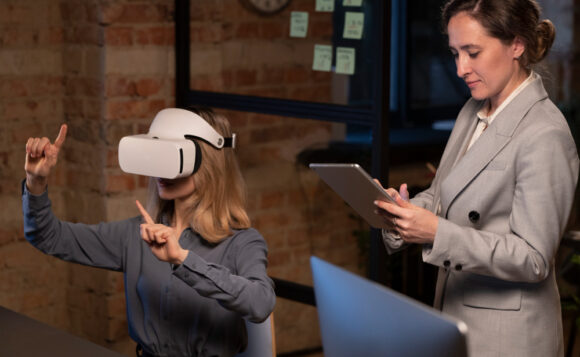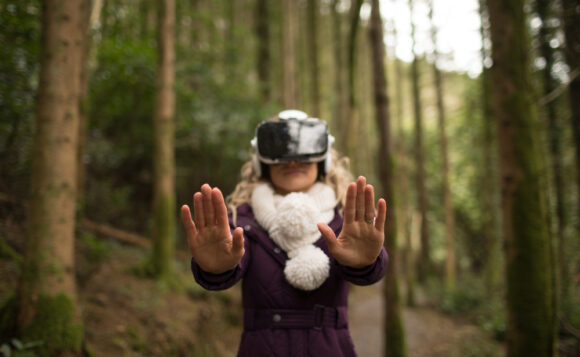
The conception of a new project idea is always an exciting phase for every individual involved. After going through crucial steps such as feasibility studies and specifying what requirements a project will need (and getting the approval and possibly initial funding to kick-start the project), the team involved is faced with focusing on development. Development is, of course, the most imperative step towards the completion of a project or the deployment of a new solution.
Over many years, engineers and developers have devised many ways of getting the development phase started while trying to find ways to streamline the entire process and use resources adequately. Prototyping is one such method. It involves the development of a preliminary system which inculcates the functions and processes which are deemed crucial within a solution or a project. It is also considered a means to solidify the proof of concept.
Prototyping is a process that can actually be carried out in many stages of system design. There are various reasons why a project would require the need for a prototype. While some may be successfully designed and implemented without it, prototyping is often fundamental for projects, which is why it has seen a vast adaptation across the globe. Below are some reasons why projects may require prototypes before the actual implementation.
When defining more precise requirements
The definition of project requirements has traditionally been driven by information gathering tools such as focus groups and interviewing experts involved. However, these tools have proven inadequate during phases which require the actualization of concepts. It’s one thing to gather worded descriptions, but it’s a whole other thing when it comes to designing from words. Prototyping is an effective tool towards realizing what the project may or may not require. In prototyping, designers and engineers have a platform for redesign and refining of their projects, allowing them to have clearer requirement specifications as they progress to the next development phase.
When there is a need for a more technical view of a project
Sometimes projects fail simply because the implementation of ideas and concepts are done improperly, and it becomes too late or too expensive to go back and redesign certain concepts. Prototyping is an effective tool towards exposing these functional errors before a system is developed. Each technical detail is explored and even tested, which helps the team to restructure their approaches towards certain implementations without utilizing much of the available resources.
When initial rigorous testing is required
In almost all cases of development, there is a scrupulous level of testing which is required to ensure that consumers and potential investors are getting value for their money, as well as marketing the product or service through good reviews. With prototyping, developers are able to effectively test and correct the designs of each module within a project. This makes the actual development of the modules a much faster process while reducing the chances for errors. Testing prototypes rather than the actual product allow developers some room to explore the project, and even determine whether there are more efficient ways to handle various modules of the project without any consequences.
When setting design priorities
Projects in system design are usually broken down into different modules to allow developers and engineers to work on these modules separately and reduce the time used to debug the systems. Prototyping enhances the breaking down of especially large projects to simpler parts by helping the design team to accurately define each of these components practically. The design phase, eventually, becomes a more simplified process, where modules of development are created and prioritized according to the predefined specification, making the design process faster and more efficient.
Early feedback
Feedback provides a basis for the redesigning of components which make a system, as well as the adoption of new development strategies aimed at improving the development costs. Rather than have users work on already designed components, design teams can implement prototyping and deploy it internally for users to interact with. They can then focus on gathering crucial information which will enable them to streamline various specifications for the project quickly and early.
When you are in need of financial assistance
The designing of systems, especially large ones, can be very draining financially. Usually, companies and private developers seek to find ways to fund their projects from outside the company. This can be in terms of loans, grants or even crowdfunding. The challenge for these teams is to convince their potential investors and donors that their idea is practical and viable. Prototyping is one of the best means of advertisement available today. By giving investors a tangible grasp of how the system will be, they will better understand the problem area being explored and how your solution fits into it. They are, therefore, more likely to be convinced that the solution will either pay off or sprout to become usable.
Conflict resolution
Depending on how your design team is arranged, there may be a number of experts and engineers involved in the decision making processes at the design level. Different levels of expertise usually result in conflict among specialists due to the lack of agreement over which design principles will fit the project best. Prototyping allows each of these engineers to test out their implementation ideas and proceed to select that which works best for each system. By prototyping, a project manager or stakeholder gives each expert the opportunity to argue out their suggestions fairly.


